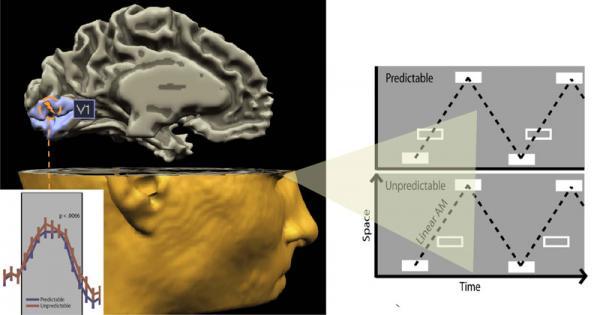Scientific Minds Want To Know
Hominids lived on Flores for nearly one million years before hobbit
Predecessors of the controversial " hobbit " ( Homo floresiensis ) discovered on the Indonesian island of Flores might have had a longer history there than researchers previously thought.From BBC-Science:
 | Europe's Planck space telescope pictures the colossal swathes of cold dust that spread through the Milky Way galaxy. |
A new temperate planet, found 1,500 light-years away from Earth, has similarities to planets within our own Solar System. | Scientists have created the largest-ever "quantum state", a result that has implications for quantum physics and computing. |

The Human brain follow the Scientific method
(or at least most human brains do)

It turns out that there is a striking similarity between how the human brain determines what is going on in the outside world and the job of scientists. Good science involves formulating a hypothesis and testing whether this hypothesis is compatible with the scientist’s observations. Researchers in the Max Planck Institute for Brain Research in Frankfurt together with the University of Glasgow have shown that this is what the brain does as well. A study shows that it takes less effort for the brain to register predictable as compared to unpredictable images.
Alink and colleagues based this conclusion on the characteristics of responses in the primary visual cortex. It is known that the primary visual cortex is critical for vision and that responses in this brain area create a map of what we are currently looking at. Alink and colleagues, however, for the first time show that images induce smaller responses in this area when they are predictable. The implication of this finding is that the brain does not just sit and wait for visual signals to arrive. Instead, it actively tries to predict these signals and when it is right it is rewarded by being able to respond more efficiently. If it is wrong, massive responses are required to find out why it is wrong and to come up with better predictions.
Psychopaths’ Brains Wired to Seek Rewards, No Matter the Consequences

The brains of psychopaths appear to be wired to keep seeking a reward at any cost, new research from Vanderbilt University finds. The research uncovers the role of the brain’s reward system in psychopathy and opens a new area of study for understanding what drives these individuals.
“This study underscores the importance of neurological research as it relates to behavior,” Dr. Francis S. Collins, director of the National Institutes of Health, said. “The findings may help us find new ways to intervene before a personality trait becomes antisocial behavior.”
The results were published March 14, 2010, in Nature Neuroscience.
From Treehugger:

Photo via: WikiVisual.
Guest blogger Sara Snow is a green lifestyle expert and board member for Discovery's 24/7 future-forward network Planet Green.
About a year ago the Chief Scientist at The Organic Center (a national organization for which I serve on the Board of Directors), Chuck Benbrook, alerted us to an interesting study being conducted by some UC Berkeley zoologists, led by Tyrone Hayes, looking into the effects of atrazine on frogs. At the time it was concerning enough. Now, the study has been completed and released and the results are astounding! And it might even make you want to puke up your latest meal.
Article continues: Green Eyes On: Another Atrazine Bombshell - Changing Frogs' Sex Traits
China Reports Thousands of Dinosaur Footprints
More than 3,000 dinosaur footprints, all facing the same way, have been discovered by researchers after a three-month excavation in the eastern Shandong province of China. Possibly representing a migration or panicked stampede, both the quantity and size of the prints distinguish this amazing discovery.
More than 3,000 dinosaur footprints, all facing the same way, have been discovered by researchers after a three-month excavation in the eastern Shandong province of China.

No comments:
Post a Comment